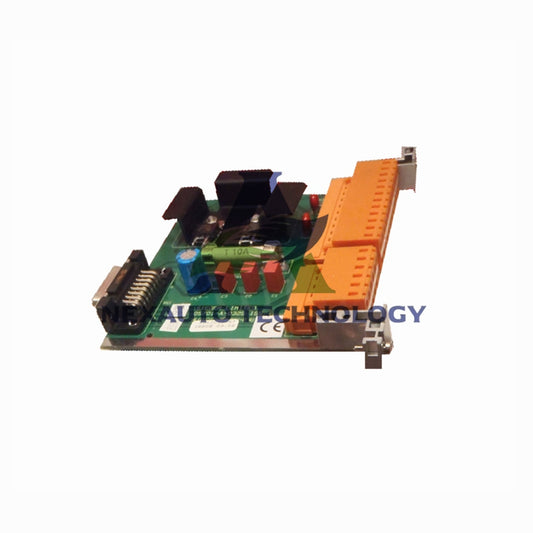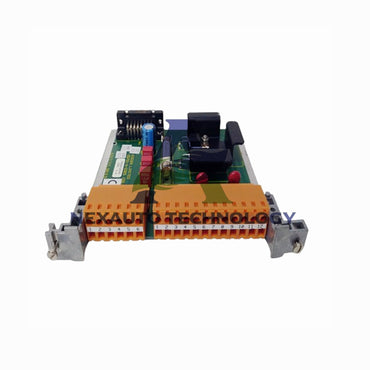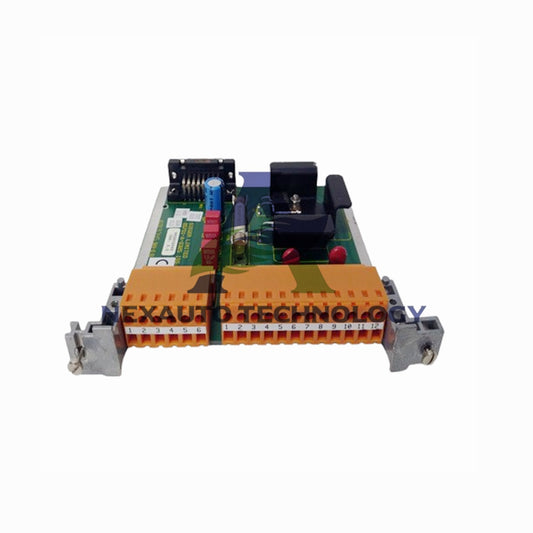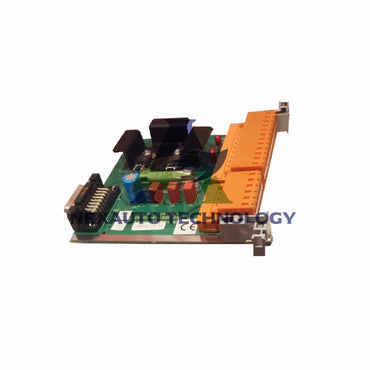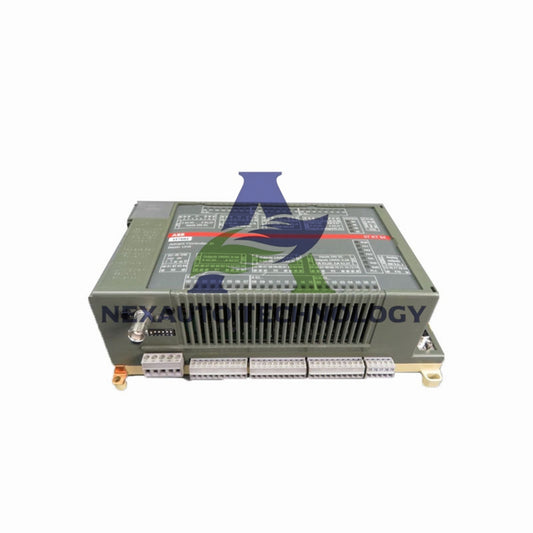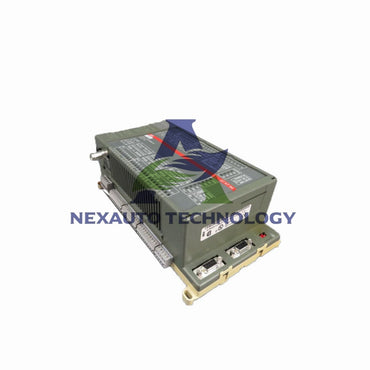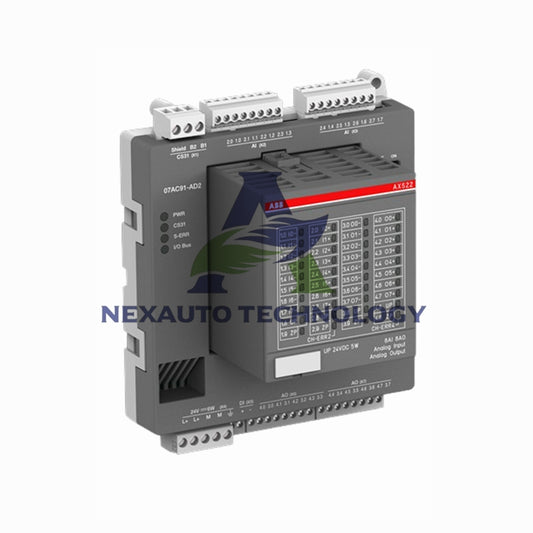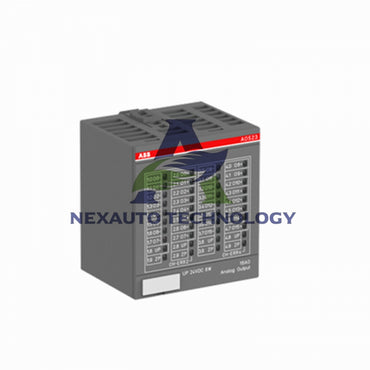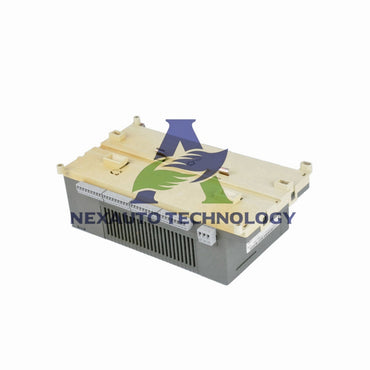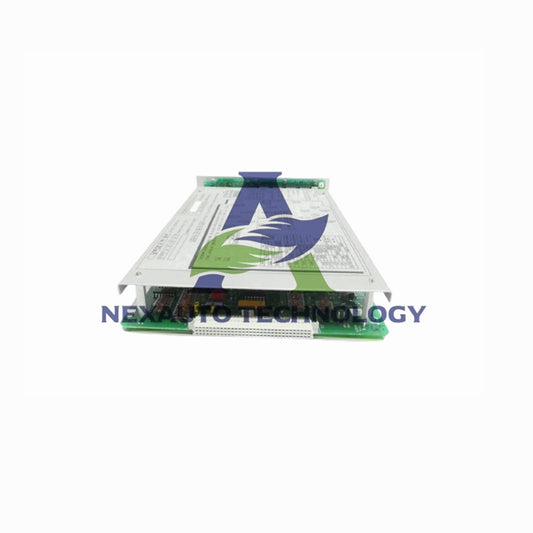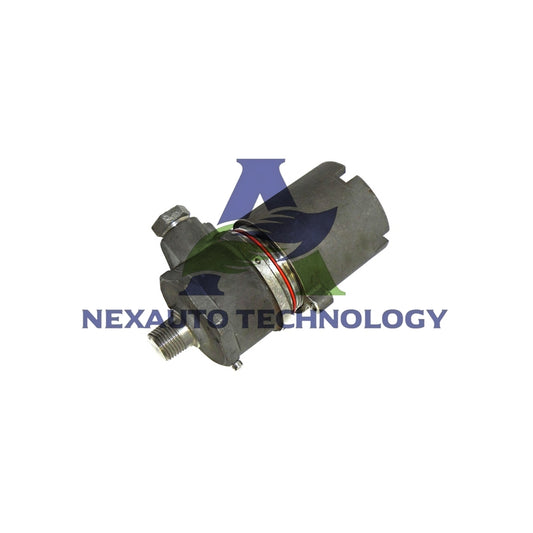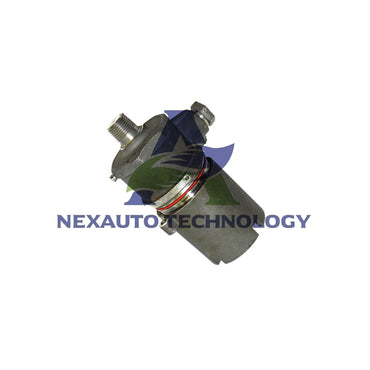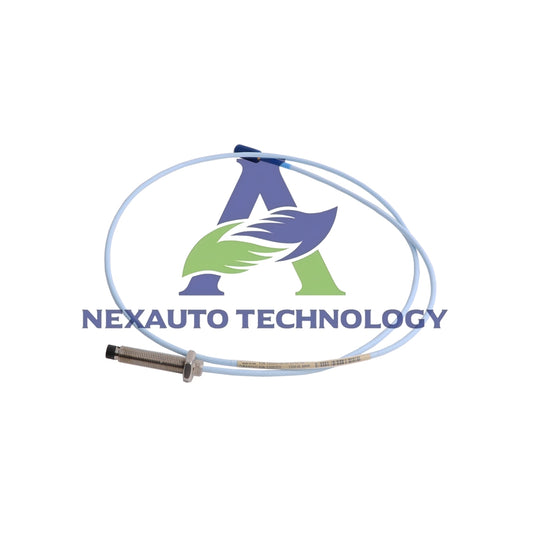System Uptime and Availability
System availability averages 99.5% annually, equating to less than 44 hours of downtime per year. Moreover, availability dips below 98% often signal controller hardware faults or network segmentation issues. Therefore, real‑time dashboards should log uptime every 5 minutes and generate alerts when availability falls under 99%.
Processor Load and Scan Time
Average processor load should remain under 70% to guarantee headroom. Scan times above 10 ms can delay critical control loops. Thus, engineers must benchmark scan intervals every 24 hours and throttle non‑essential tasks when load exceeds 75%.

Network Communication Integrity
Ideal packet loss rates stay below 0.1% and latency under 5 ms. Furthermore, periodic tests should record jitter within 1 ms variance. Diagnostic logs must be reviewed weekly to flag packet loss spikes over 0.5%.
Input/Output Channel Status
Healthy I/O channels exhibit 0 errors per 10,000 readings. Channel fault rates above 0.5% trigger immediate maintenance requests. Regular automated I/O tests should run every 12 hours to detect drift greater than 2%.
Redundancy and Failover Readiness
Automatic switchover time must remain under 150 ms. Monthly failover drills record switchover consistency within ±10 ms. Failures in more than 1 drill per year mandate hardware review.
Alarm System Behavior
Ideal alarm rate is under 5 per day per control area. Alarm floods (over 20 alarms in 5 minutes) cause operator overload. Alarm audits should rationalize nuisance alarms by at least 30% annually.
Environmental and Power Conditions
Acceptable cabinet temperature range is 0°C–55°C. Voltage variations must stay within ±5% of nominal 24 VDC. Power quality logs should sample every 1 second and flag sags over 10 ms.

Firmware and Software Version Control
Firmware patch cycles should occur at least every 6 months. Patch success rates must exceed 99% to avoid rollback. All version changes require documentation within 48 hours and peer review.
Conclusion: Data‑Driven Health Monitoring
Integrating these metrics supports 95% reduction in unplanned outages. Consequently, facilities achieve 20% lower maintenance costs. Ultimately, rigorous monitoring ensures safe, efficient industrial operations.
Check below popular items for more information in Nex-Auto Technology.

